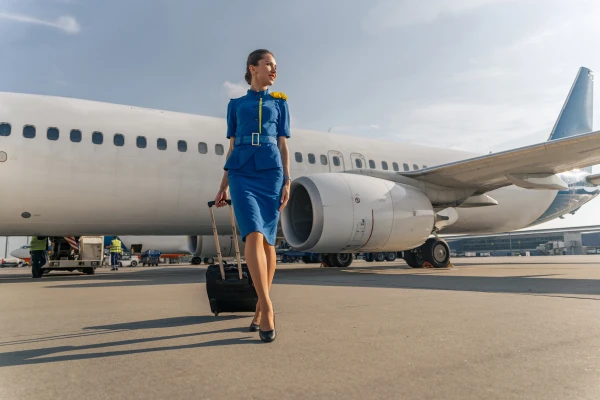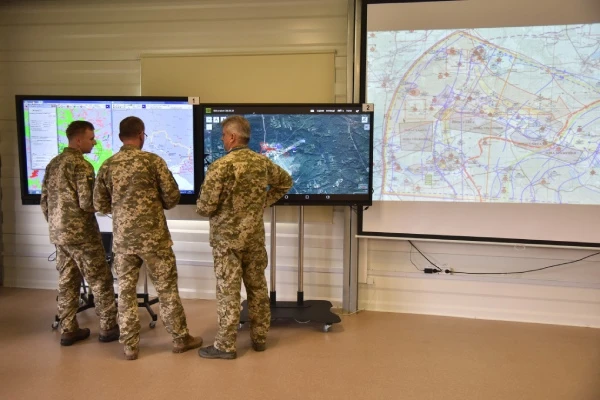
The striking uniform of flight attendants conceals the real difficulties of the profession: the strict dress code often hinders work, affects health, and even provokes sexism from passengers.
Strict Uniform vs Safety and Comfort
Many elements of the female uniform — tight skirts, high heels, makeup — prove to be uncomfortable in situations where speed and freedom of movement are essential. Flight attendants admit that it is difficult for them to perform emergency procedures, such as CPR, while wearing a tight skirt and high heels.
Health at Risk
Long flights require walking through the cabin for 10–11 km per shift. High heels lead to:
— back pain,
— bursitis,
— swelling,
— blisters.
Switching to flat shoes noticeably alleviates the condition, but not everyone receives permission.
Sexism in the Workplace
The strict glamorous image often reinforces the perception of flight attendants as objects rather than as crew members. Women report:
— derogatory comments,
— insinuations,
— unwanted attention,
— doubts about their competence.
Some have even faced physical harassment.
Fear of Complaining
Airlines are under pressure: flight delays cost money, and internal investigations are lengthy and complicated. Therefore, crew complaints often go unaddressed.
Dress Code as a Relic of the Past
Research shows that employees would prefer more freedom in clothing choices. However, many airlines still uphold the image of the "feminine" flight attendant — that is, skirts, heels, and makeup. Experts believe that this approach does not reflect the modern requirements of the profession.
Initial Changes
Some airlines have already allowed pants, more comfortable shoes, and less strict appearance standards. The approach to body diversity is also gradually changing: flight attendants of various body sizes are now accepted — something that was previously impossible.
But the Path is Still Long
Passenger expectations and company images change more slowly than the realities of the job. Experts are convinced that to maintain staff health and enhance flight safety, airlines will need to reconsider outdated standards.













